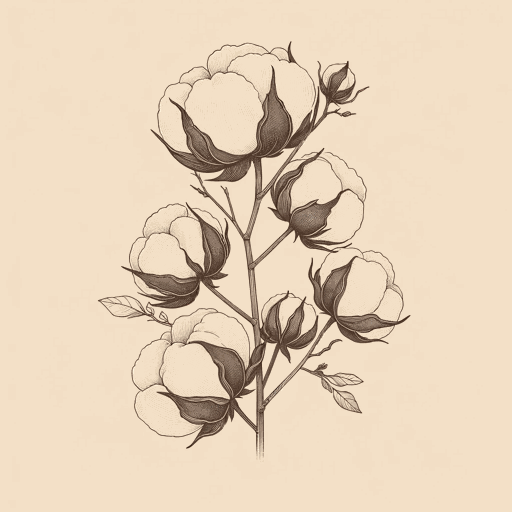61 pages • 2 hours read
Sven BeckertEmpire of Cotton
Nonfiction | Book | Adult | Published in 2014A modern alternative to SparkNotes and CliffsNotes, SuperSummary offers high-quality Study Guides with detailed chapter summaries and analysis of major themes, characters, and more.
Chapters 2-3Chapter Summaries & Analyses
Chapter 2 Summary: “Building War Capitalism”
Until the 17th century, Europe made only modest strides in cotton manufacturing. With no way of growing cotton on European soil, industries in Italy and Germany were subject to the demands and restrictions of regions like the Ottoman Empire over which they exerted little control. This would all change dramatically over the next 200 years, however. Beckert argues that “this recasting of cotton did not at first derive from technical advances, nor from organizational advantages, but instead from a far simpler source: the ability and willingness to project capital and power across vast oceans” (30). By both necessity and design, this projection of power meant subjugating large portions of the world’s population in extraordinarily violent ways—particularly through slavery, the expropriation of native lands, and militarized trade. Beckert once again defines these violent methods of subjugation as “war capitalism.”
The roots of this project to violently reshape the world as one giant marketplace centered around Europe were laid down a century earlier when Christopher Columbus landed in the Americas in 1492: “That journey set off the world’s greatest land grab” (31). Moreover, it led to a full-scale fleecing of indigenous’ peoples’ gold, fortunes that would to a large extent fund Europe’s future efforts in war capitalism.

